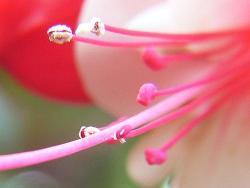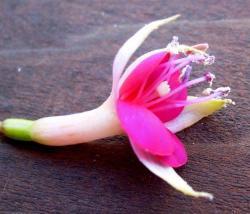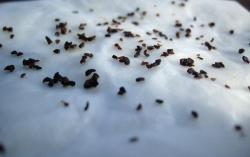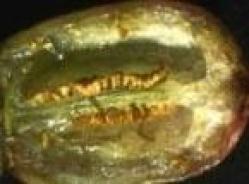


OMG this is wonderful, thank you so much for posting it!

First of all, it is a great Relief to hear that it is indeed very hard to get, find, and start fuchsia seeds. Really, I thought I was a bit addle-headed after trying so many times ... I could see little seeds, but even photos of ripe versus not-ripe did not help me see any difference in the vast majority. Then, when I felt _sure_ one was ripe, it never took!

So, yes, I am ready and full with many questions, thank you! I'll say "you" though I know you are also crediting your brother Mick - just easier, since I'm asking you the questions.

When you say pick a flower that is at the top of the plant, is that meant to keep low hanging - OK what are they, canes, branches, shoots?! LOL why am I so confused about fuchsia terminology - anyway, to keep low hanging *things* from being disturbed or hit with water and dirt, etc? And if so, is it okay to use lower ones for tree or hanging basket fuchsia? Or is it meant to guide us to the tender new growth blooms?
Do these two examples seem to fall within the spectrum of viable pollen?


Are these both seeds you would try to start?


That is a very informative article - I learned so much! Not burying the seed, putting it near the edge of the pot and covering with plastic, taking cuttings from any resulting seedling as they will be more vigorous.
Any thoughts about fertilizing needs for seedlings?




